The Lord of the Rings: The Rings of Power is already spending a lot of screen minutes establishing Numenor and its political factions. One of these which gets tossed around quite a lot, is the Faithful, a group of the Edain who remain loyal to the will of the Valar and their blessing to mankind.
Amazon Studios has already teased us that their ambitious five-season take on Tolkien’s Middle-earth will depict the cataclysmic Downfall of Numenor. We even saw a glimpse of it in the latest episode when a crushing body of water swept across Armenelos, their greatest city, and left only ruin in its path.
If all Numenoreans are doomed, how come Elendil and his kin—also Numenorean and present in The Rings of Power—escaped this annihilation and found their own kingdoms of Gondor and Arnor in Middle-earth? To know the answer to that, we’ll have to take a trip down history lane and explain the significance of the Faithful movement.
Who were the Faithful?
When it became clear that some Numenoreans were deviating from the faith that had given them all their power, a party calling themselves the Faithful decided to keep to the old beliefs and continue to learn the Elven tongues. They even interacted with the elves during a time when such a thing was frowned upon in the extreme. Whereas the other Numenoreans dreamt of everlasting life and envied the elves, the Faithful believed in the principle that mortality was the Gift of Men.
This divide between the two groups grew larger as the years passed, until the later kings of Numenor initiated a harsh crackdown on the Faithful and their way of life. They moved whom they called “elf-friends” to the eastern shores of Numenor and stopped them from communicating with the elves of Tol Eressea.
Ar-Gimilzor and Tar-Palantir were kings who treated the Faithful more kindly than their predecessors, with the latter even choosing a wife from the elf-friends and lifting the ban on speaking the elvish languages. That caused a rebellion in Numenor, but even Palantir’s daughter, Miriel—a character in The Rings of Power—was a friend of the elves.
Without going into spoiler territory, things will probably not work out as well as they should for the queen regent, allowing the dissident faction to gain the upper hand. So great is their fall from grace that Numenoreans, under the deception of Sauron, start offering human sacrifices to Melkor in order to escape death.
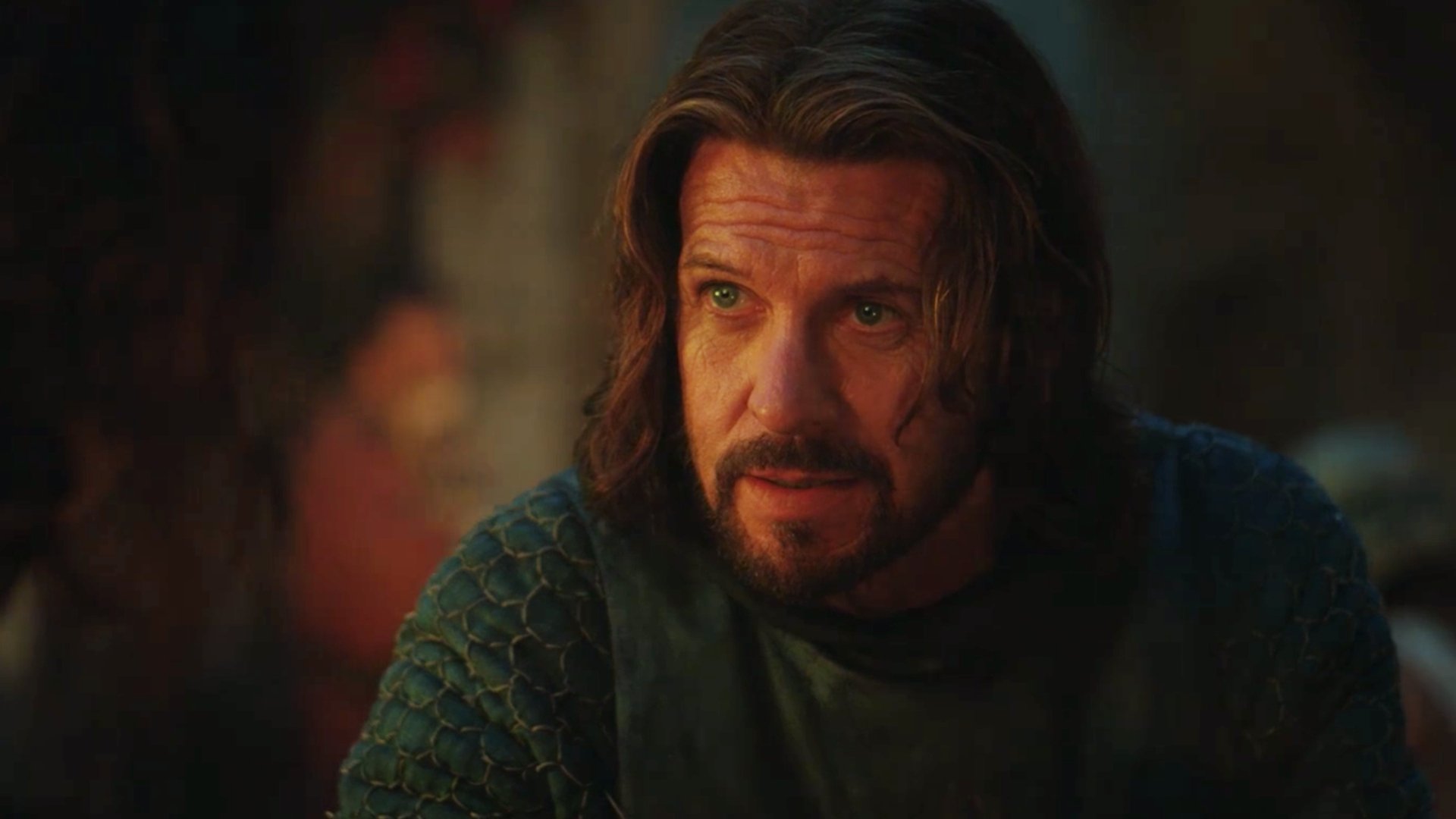
The Dark Lord ultimately convinces the last Numenorean king to build a huge armada and attack the Undying Lands itself to seize immortality. Manwe, the greatest of Eru’s angels on Arda, takes counsel with the creator, whereupon he destroys the proud island kingdom and most of its people, save the Faithful, who are spared this doom. Elendil and his son Isildur are among those who travel to Middle-earth after the destruction of Numenor, and it is there they establish the two kingdoms of Arnor and Gondor, in memory of what was, and what would be forever lost had they not remained faithful to the Valar and their decrees.
Of course, not even those kingdoms would escape the tragedy of mankind, and their greed should always get the better of them in the end. During the War of the Last Alliance, Isildur managed to cut off the One Ring from Sauron’s finger and defeat the Enemy, but he failed to destroy his source of strength, and thus assured that evil would one day return to Middle-earth. Isildur himself perished soon afterward.
Sometime in the Third Age, the Witch-king, Sauron’s greatest servant, appeared in the north again and rose in power, creating the realm of Angmar in opposition to Arnor and attracting all manner of dark creatures to his service. The three divided Kingdoms of Arnor, called Arthedain, Cardolan, and Rhudaur, couldn’t stop the Witch-king’s onslaught and perished from the face of the earth. As for Gondor, civil war and strife tore through the nation until at last, the line of kings broke and the White Tree withered.
It wasn’t until Aragorn, aka Elessar, wielded Anduril and united the Dunedain against Sauron that the Men of the West found hope again. After Sauron’s defeat and the destruction of the One Ring, Aragorn re-established Arnor, brought order to Gondor, and gave birth to the idea of the Reunited Kingdom.

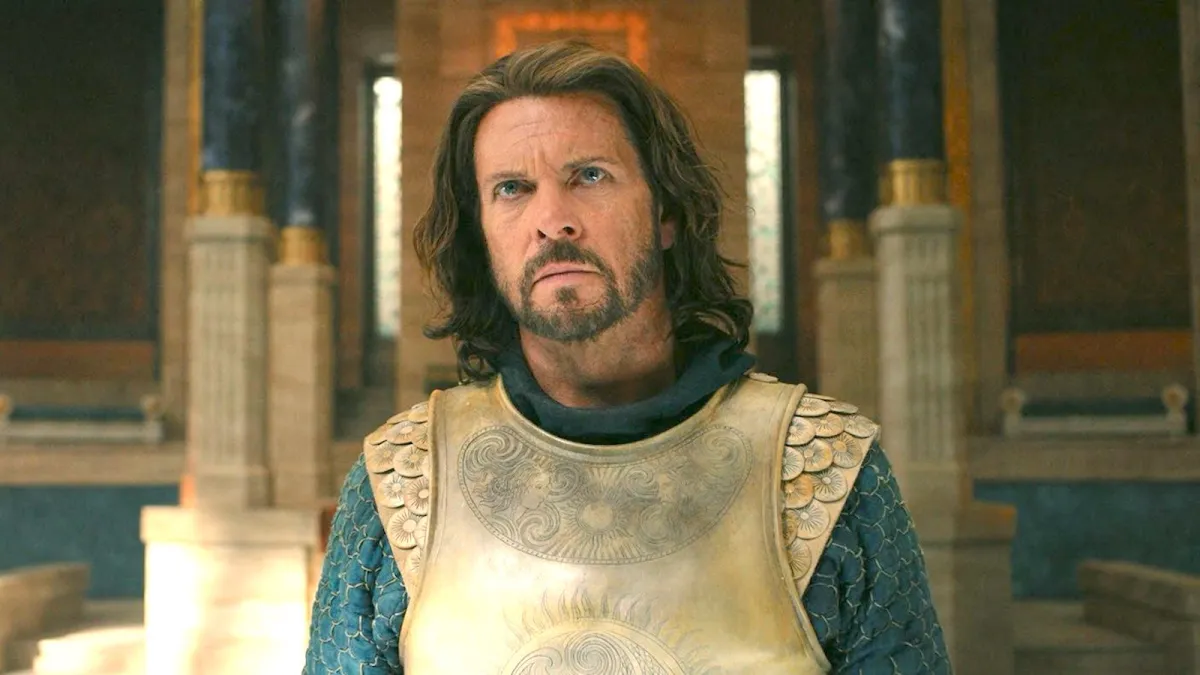
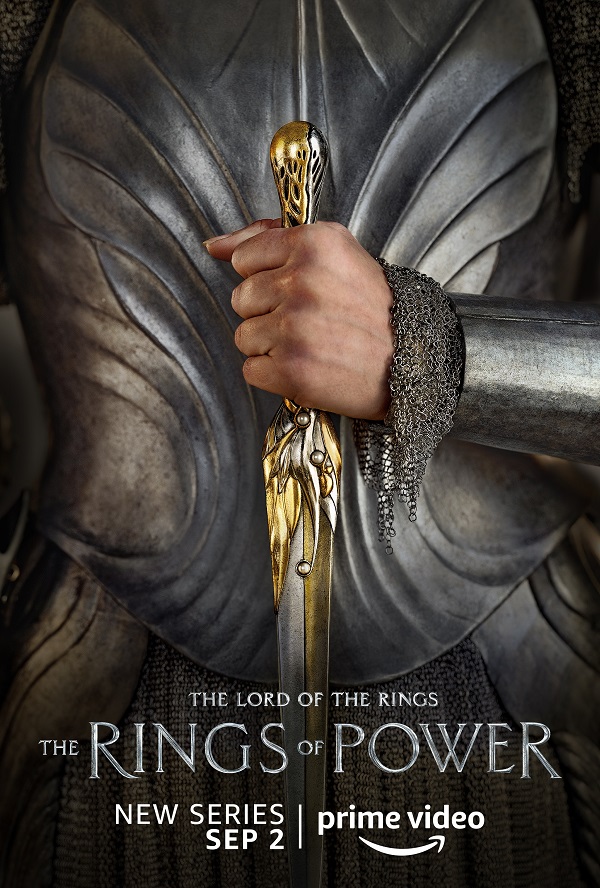
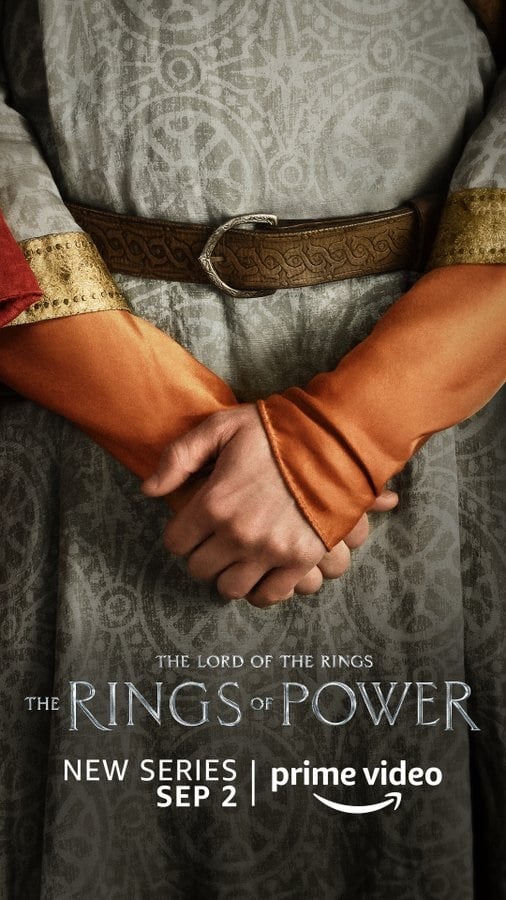


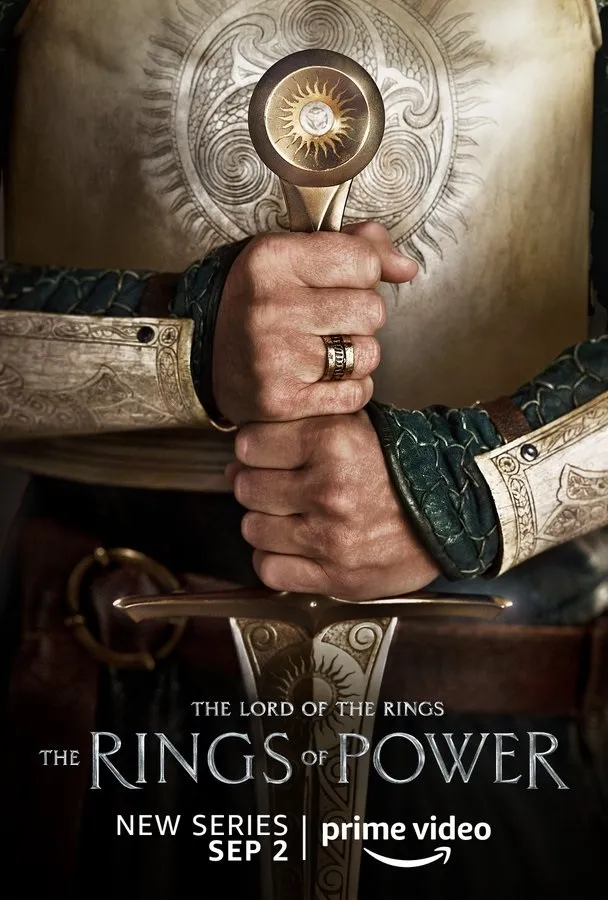

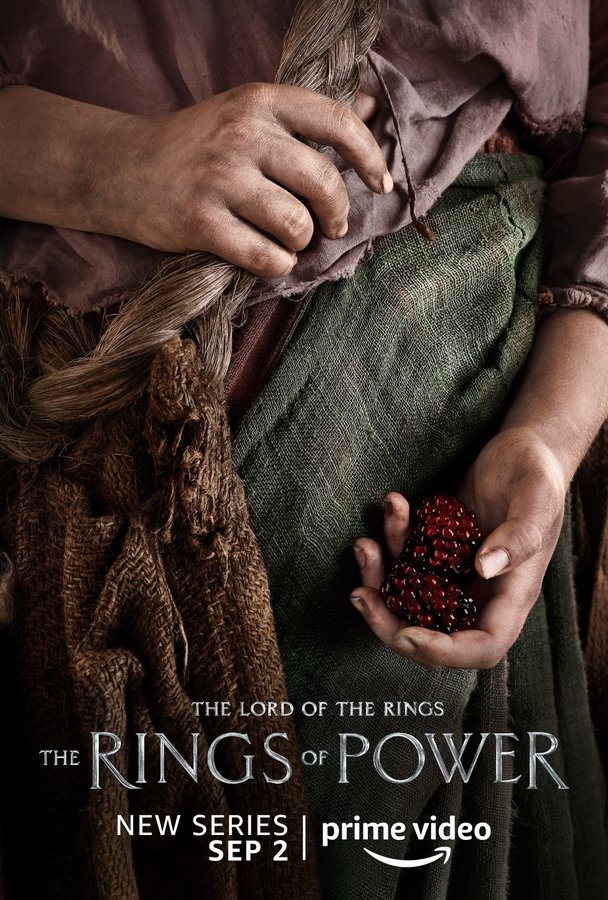
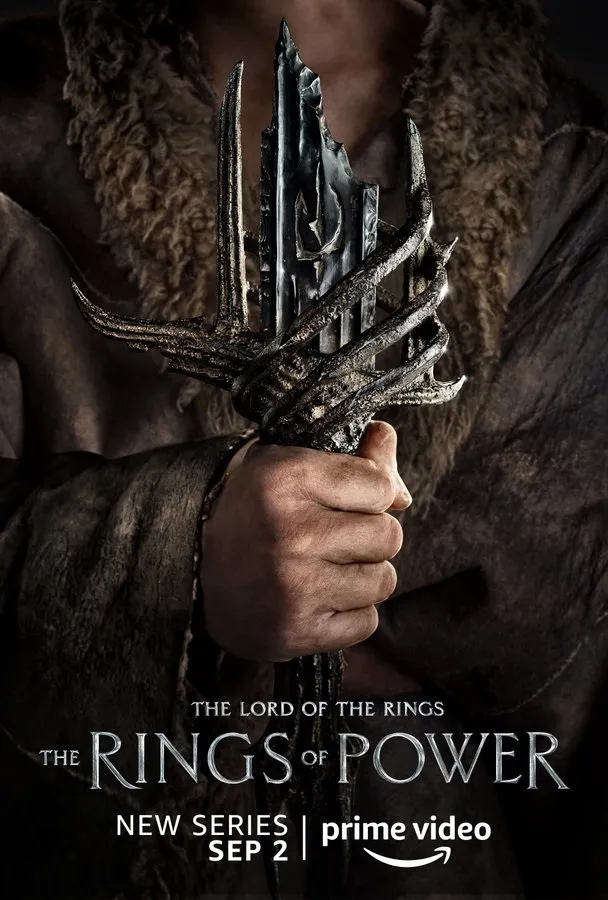
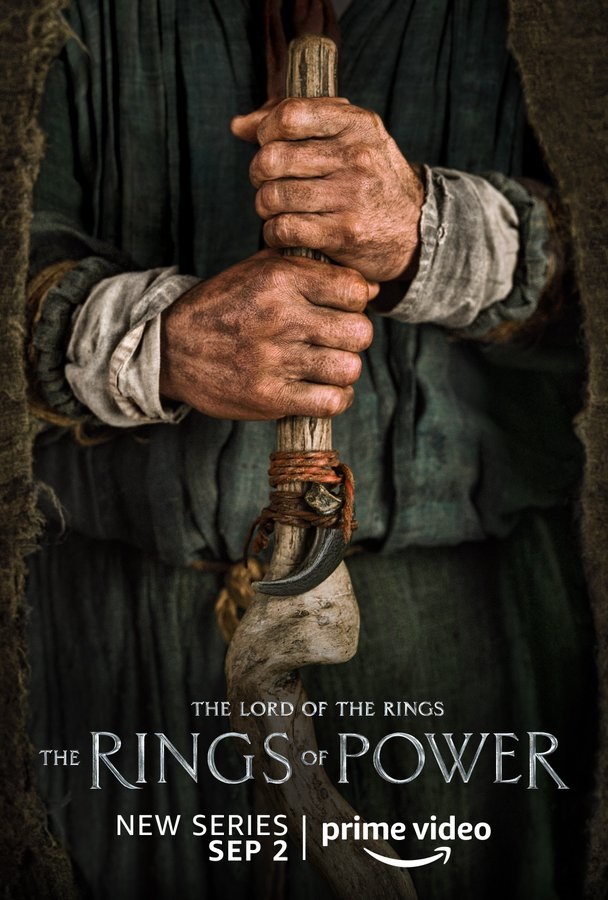
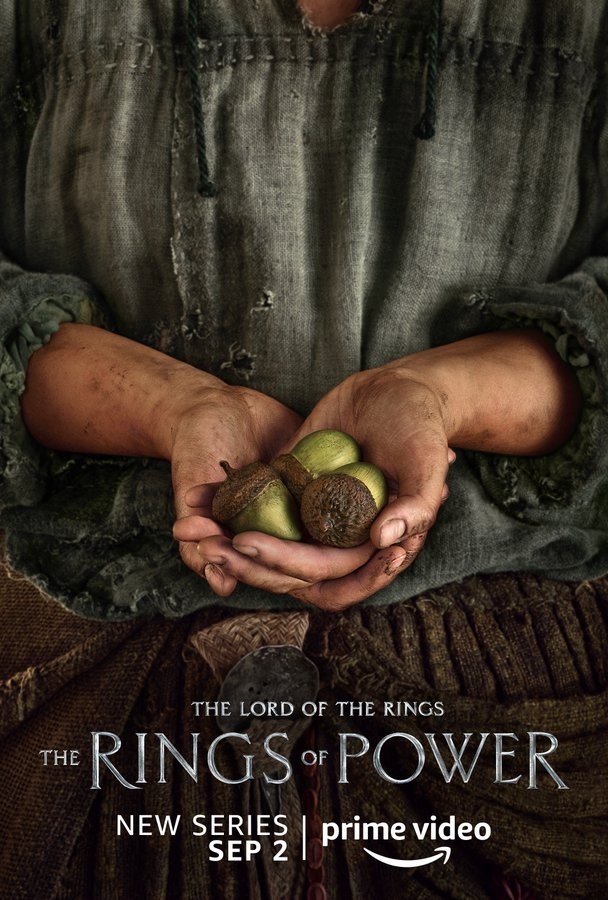

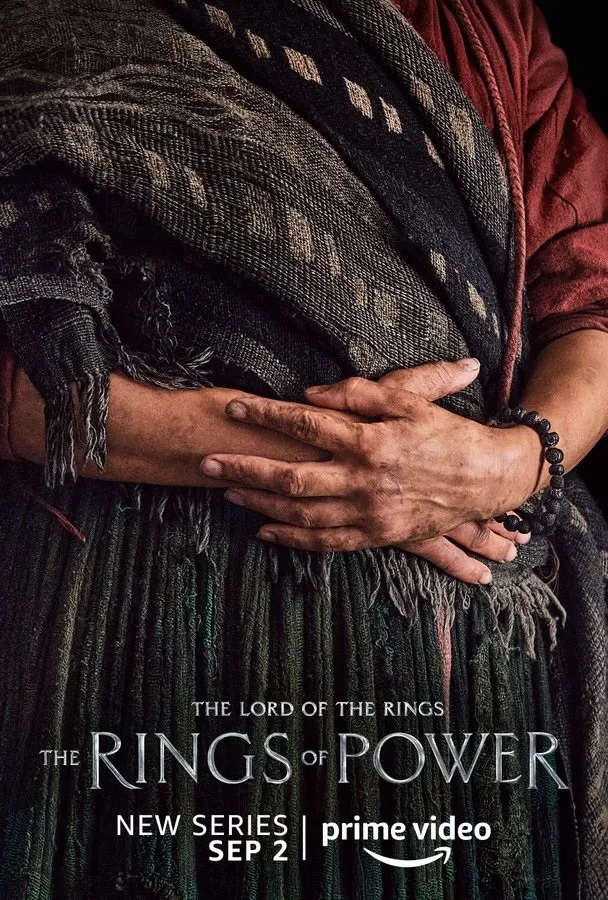

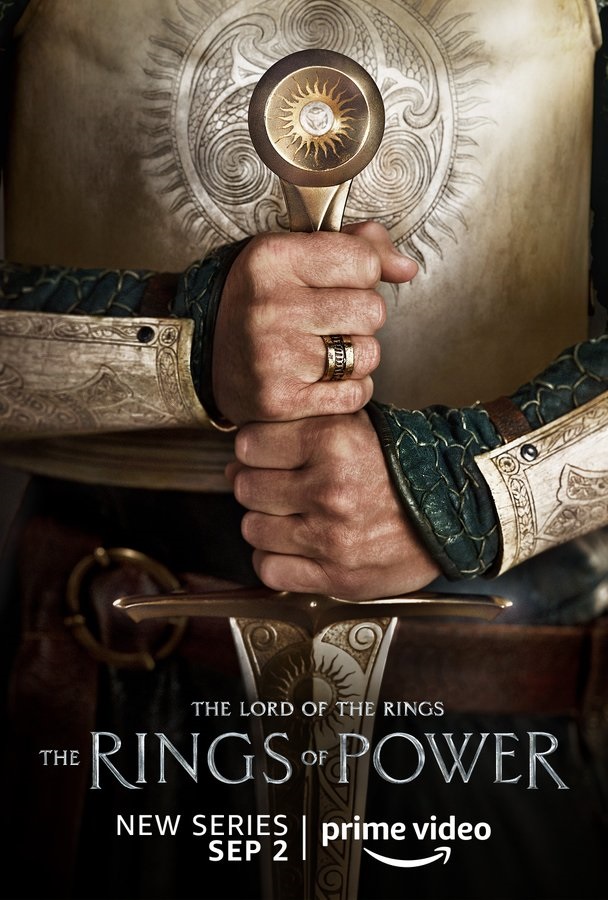
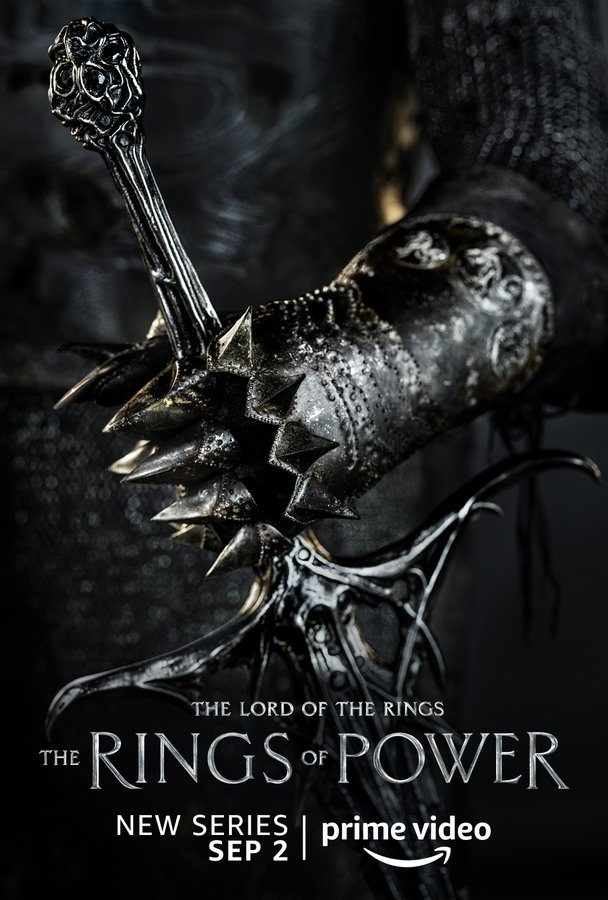
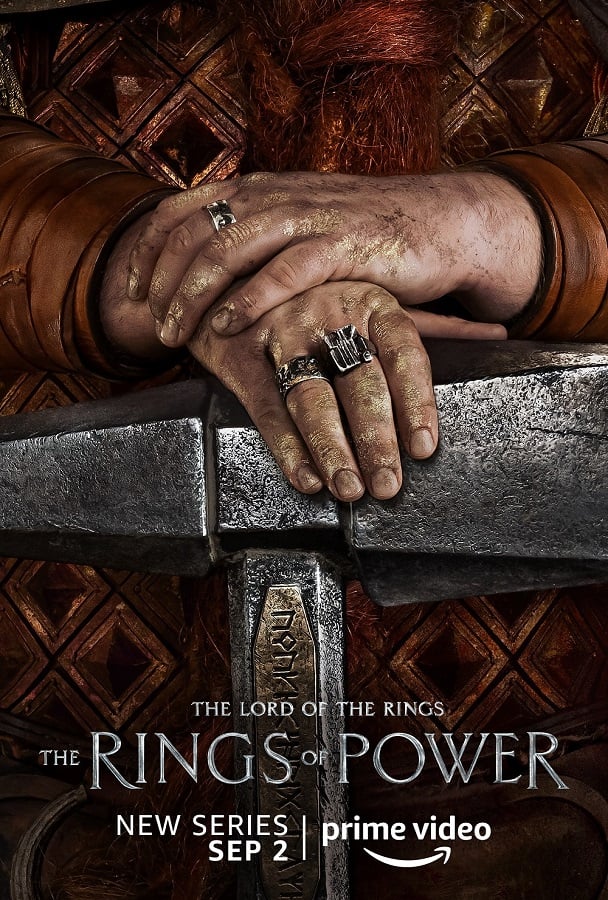
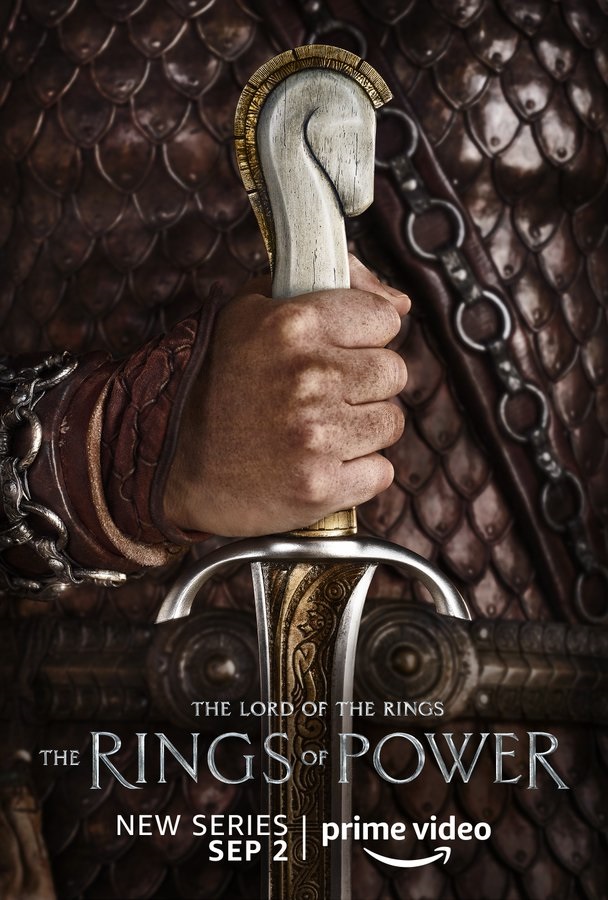
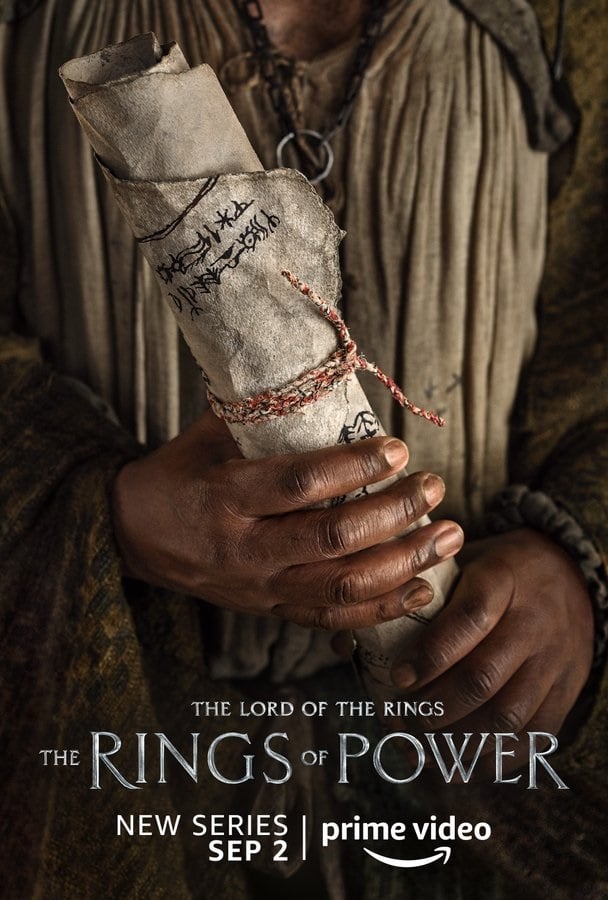
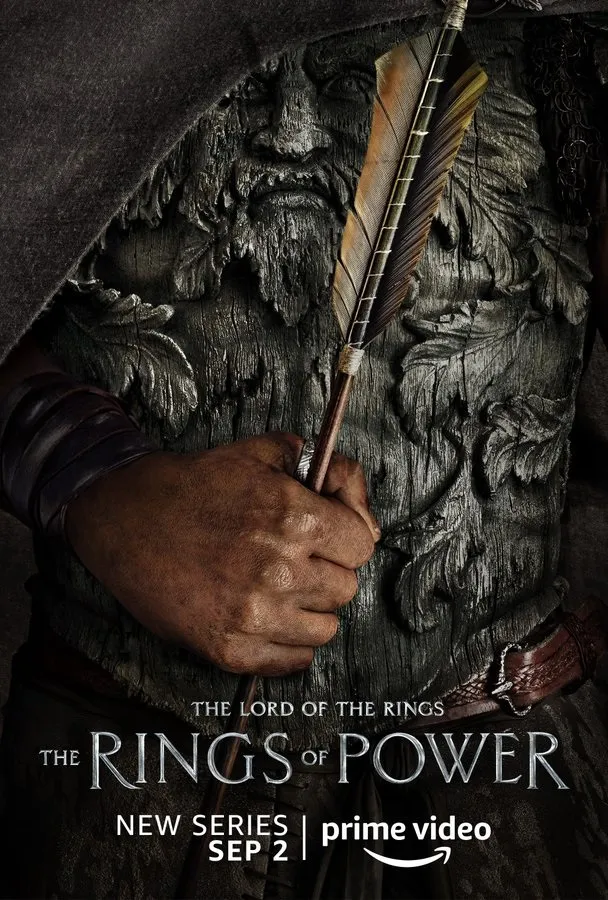
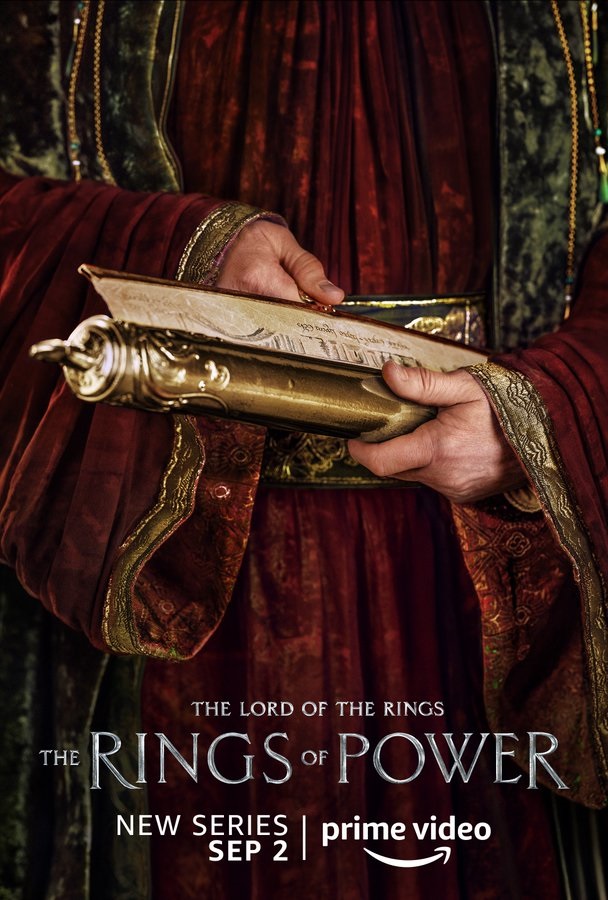
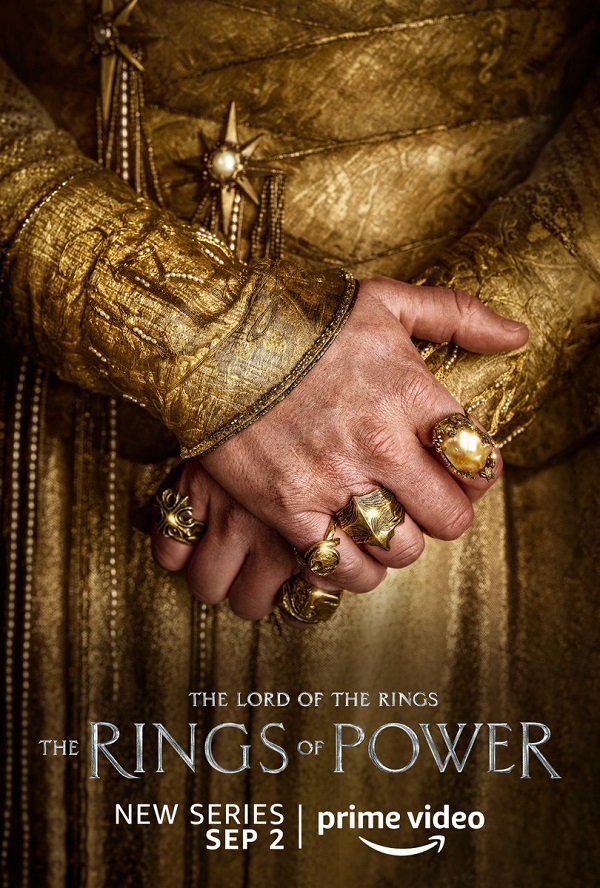
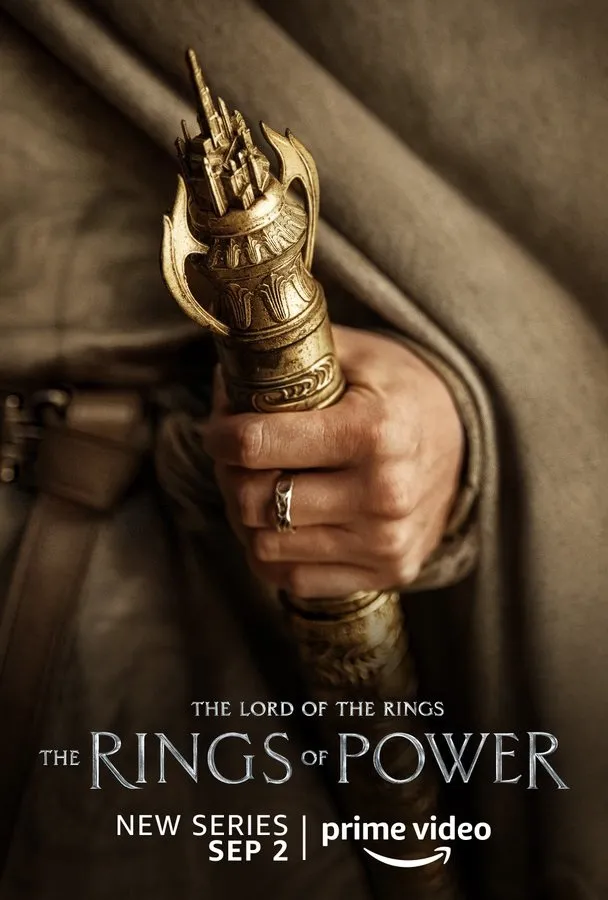
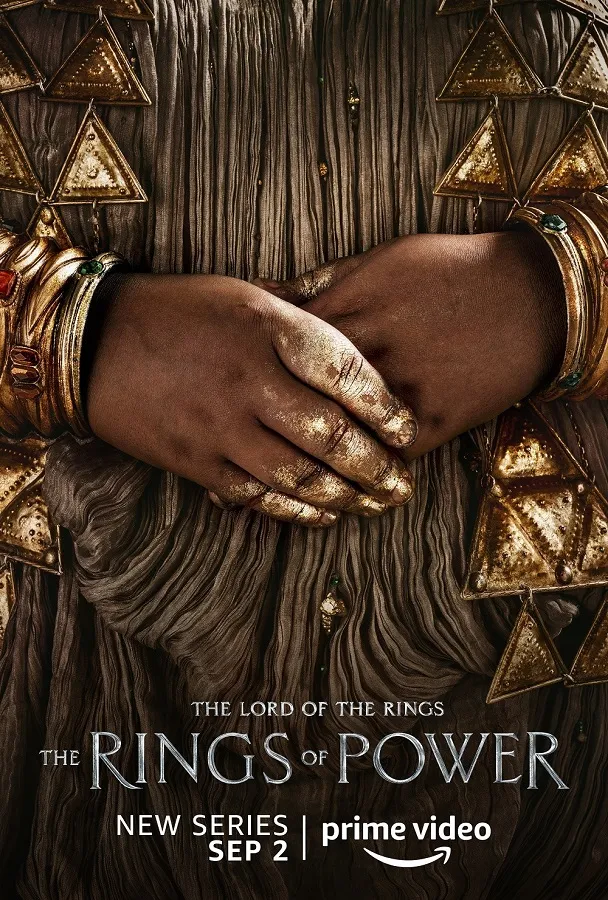








Published: Sep 20, 2022 05:58 am